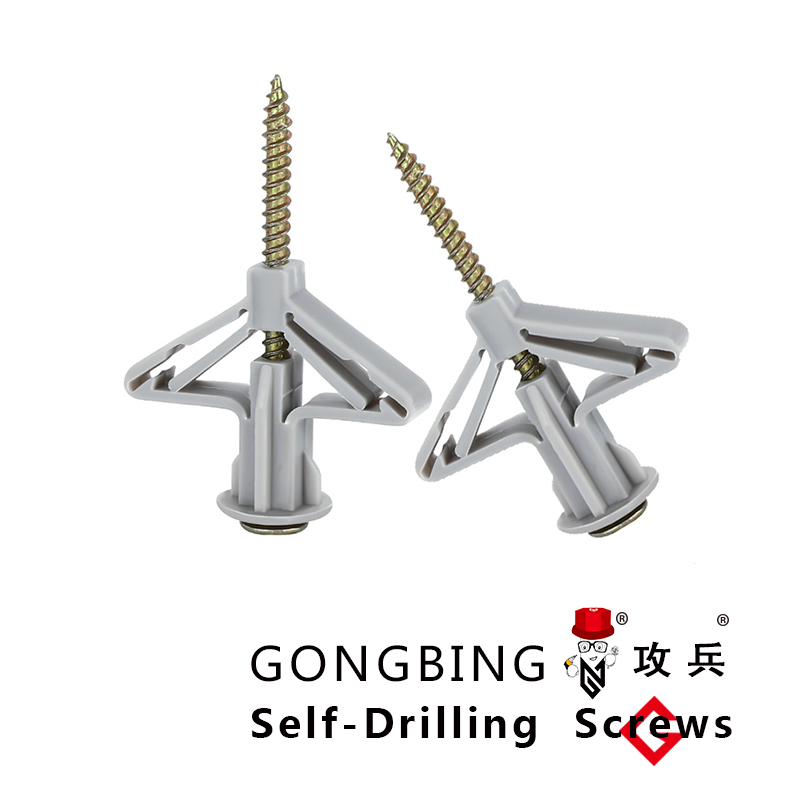Cost Analysis of Foundation Bolts and Pricing Trends in the Construction Industry
Understanding Foundation Bolt Prices Factors and Market Insights
Foundation bolts, also known as anchor bolts, are essential components in the construction industry. They are used to secure structures to their foundations, providing stability and strength to buildings, bridges, and machinery. The prices of foundation bolts can vary significantly based on several factors, which can influence both contractors and project managers when budgeting for construction projects. This article aims to delve into the various elements that affect the pricing of foundation bolts and the overall market trends.
Factors Influencing Foundation Bolt Prices
1. Material Type Foundation bolts are typically made from different materials, including carbon steel, stainless steel, and alloy steel. The choice of material impacts the price considerably. For instance, stainless steel bolts, known for their corrosion resistance, tend to be more expensive than traditional carbon steel options. The environmental conditions where the bolts will be used—such as marine environments or chemical exposure—can dictate the material choice, thus influencing costs.
2. Size and Specification The dimensions and specifications of foundation bolts also contribute to pricing. Larger bolts or those with specialized threads or coatings often command a higher price. Custom sizes, while necessary for specific projects, can incur additional manufacturing costs, which are passed on to the consumer. Standard sizes are more readily available, and thus usually cheaper.
3. Production Process The manufacturing process of foundation bolts varies, affecting their cost. Forged bolts, which are created through a process of shaping metal using compressive forces, tend to be stronger and more durable. However, they are also generally more expensive than bolts produced through simpler methods. Additionally, the overall level of automation and technology used in the production process can influence the final price, with highly automated factories potentially lowering production costs over time.
4. Market Demand The construction market operates on principles of supply and demand. Economic fluctuations, construction booms, or downturns can lead to changes in the demand for foundation bolts, significantly affecting prices. During periods of high construction activity, prices may rise due to increased demand, while a slowdown can lead to surplus supply and lower prices.
foundation bolt price

5. Geopolitical Factors Trade tariffs, geopolitical tensions, and changes in import/export regulations can affect the prices of raw materials needed for bolt production, such as steel. Regions that rely heavily on imported materials may see fluctuating prices based on international relations and economic policies, which can directly impact the cost of foundation bolts.
6. Supplier and Distribution Costs The final price of foundation bolts also includes costs associated with suppliers and distribution. Transportation costs, local taxes, and supplier markups can add to the overall price. Contractors should consider not only the cost of the bolts themselves but also these associated costs when budgeting for their projects.
Current Market Trends
As of late 2023, the foundation bolt market has shown some notable trends. The increasing focus on sustainable construction practices has led to a rise in demand for eco-friendly materials in all facets of the industry, including bolts. Manufacturers are exploring options to produce corrosion-resistant bolts that utilize recycled materials at a competitive price. This shift could lead to better pricing strategies for environmentally conscious buyers.
Furthermore, advancements in manufacturing technology have improved efficiency and reduced costs, which could lower prices for standard foundation bolts in the long run. However, the volatility of raw material prices, particularly due to geopolitical factors and global supply chain disruptions, continues to pose challenges for price stability.
Conclusion
Understanding the pricing of foundation bolts involves considering various interrelated factors, from material choice to market dynamics. For construction professionals, staying informed about these variables is crucial for effective budgeting and procurement. As the industry continues to evolve, adaptability will be key in navigating the complexities of foundation bolt pricing and ensuring project success. With ongoing developments and a focus on sustainable practices, the future of foundation bolts in construction looks promising, albeit with the need for careful financial planning.
-
Wedge Anchor Bolts: Secure Fastening Solutionsସମ୍ବାଦAug.05,2025
-
Insulation Fixings: Secure and Durable Solutionsସମ୍ବାଦAug.05,2025
-
Full Threaded Studs: Versatile Fastening Solutionsସମ୍ବାଦAug.05,2025
-
Expanding Fasteners: Secure and Reliable Solutionsସମ୍ବାଦAug.05,2025
-
Butterfly Toggle Anchors: Secure and Easy to Useସମ୍ବାଦAug.05,2025
-
Bracing Solutions for Steel Structuresସମ୍ବାଦAug.05,2025
